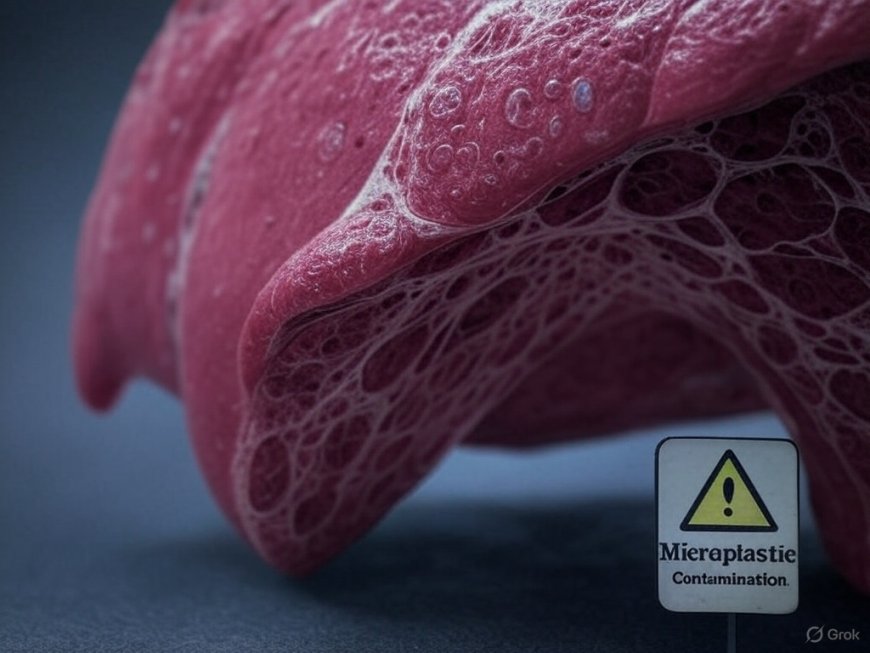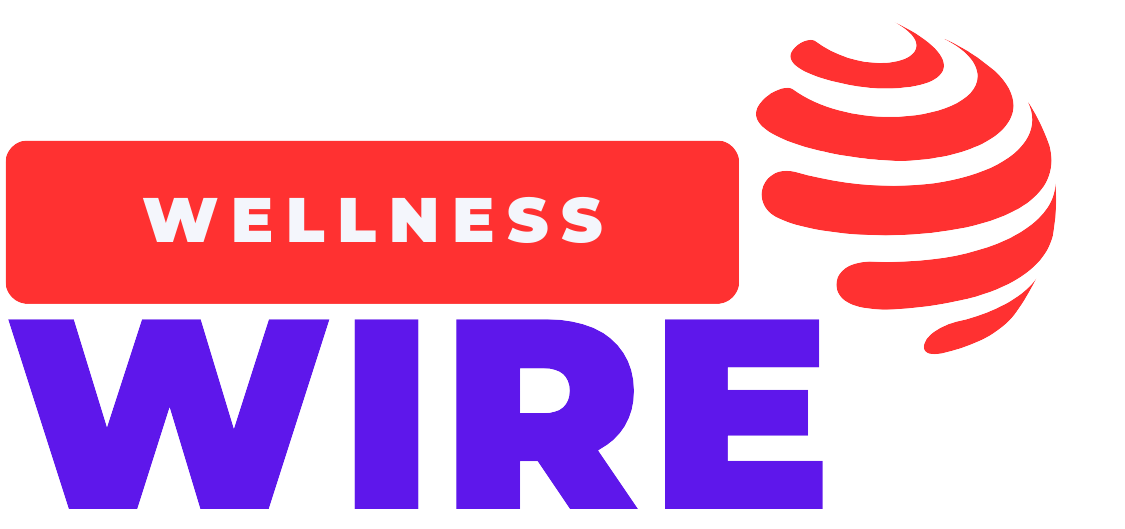The Hidden Danger of Plastic: How Microplastics Are Invading Your Body and What You Can Do About It
Microplastics are invading our bodies through food, water, and air. Discover the hidden dangers of plastic and how to protect your health.

Introduction
Plastics have revolutionized modern life, but their environmental and health consequences are becoming impossible to ignore. One of the most alarming discoveries in recent years is that microplastics—tiny plastic particles less than 5mm in size—are now inside our bodies. These particles are found in the food we eat, the water we drink, and even the air we breathe.
But what does this mean for our health? Scientists are still uncovering the long-term effects, but early research suggests that microplastics could lead to hormonal disruptions, inflammation, and even serious diseases. This article will break down how microplastics are infiltrating our bodies, their potential health risks, and how you can reduce your exposure.
What Are Microplastics?
Microplastics are tiny fragments of plastic that originate from larger plastic items breaking down or are manufactured for use in cosmetics, textiles, and industrial products. They are classified into two types:
- Primary Microplastics: Intentionally produced small plastics, such as microbeads in beauty products or synthetic fibers in clothing.
- Secondary Microplastics: Formed when larger plastic items (bottles, bags, fishing nets) degrade over time due to exposure to sunlight, wind, and ocean currents.
A Scientific American report (source) states that microplastics have now been detected in human blood, lungs, and even placenta, raising serious health concerns.
How Microplastics Are Entering Your Body
Microplastics have infiltrated nearly every aspect of daily life, making it difficult to avoid exposure. Here are the most common ways these particles get into your body:
1. Through Drinking Water (Tap and Bottled)
Studies show that 93% of bottled water samples tested contained microplastic particles (source). Tap water isn’t much better, with 83% of global samples also showing contamination.
How it happens:
- Plastic pipes and filtration systems shed microscopic plastic particles.
- Bottled water absorbs microplastics from packaging.
- Water treatment plants fail to filter out all plastic debris.
2. Through Food (Seafood, Salt, and Even Fruits & Vegetables)
Microplastics have contaminated our food supply, appearing in fish, shellfish, table salt, and even fresh produce.
- Seafood: Marine animals ingest microplastics, which accumulate in their tissues. A Frontiers in Marine Science study (source) found that over 50% of fish species tested contained microplastics.
- Table Salt: A Scientific Reports study (source) found microplastics in 90% of table salt brands worldwide.
- Fruits & Vegetables: Microplastics can be absorbed through plant roots, contaminating food before it reaches your plate (source).
3. Through the Air You Breathe
A Proceedings of the National Academy of Sciences (source) study found that humans inhale thousands of microplastic particles each year. These tiny fibers come from:
- Synthetic clothing (like polyester and nylon).
- Dust from plastic furniture and household items.
- Air pollution from industrial and vehicle emissions.
4. Through Personal Care Products
Many beauty and hygiene products contain microbeads, which are used as exfoliants in face washes, toothpaste, and scrubs. Though some countries have banned microbeads, they still exist in various products worldwide (source).
The Health Risks of Microplastic Exposure
Although research is still ongoing, early findings suggest microplastics may have serious health consequences:
1. Hormone Disruption and Fertility Issues
Microplastics often contain endocrine-disrupting chemicals (EDCs) like bisphenol A (BPA) and phthalates, which can mimic hormones in the body. A study in Environmental Health Perspectives (source) linked these chemicals to reproductive issues, reduced sperm count, and hormonal imbalances.
2. Inflammation and Immune System Damage
Once inside the body, microplastics trigger inflammatory responses, similar to how the body reacts to infections. This chronic inflammation can contribute to conditions like heart disease, autoimmune disorders, and even cancer (source).
3. Increased Risk of Cancer
Some plastic additives like polyvinyl chloride (PVC) and styrene are classified as possible carcinogens. Long-term exposure to these chemicals could increase the risk of developing cancers (source).
4. Brain and Nervous System Damage
Research in Environmental Science & Technology (source) suggests that microplastics may penetrate the blood-brain barrier, potentially affecting cognitive function and increasing the risk of neurodegenerative diseases.
How to Reduce Your Exposure to Microplastics
While it’s impossible to eliminate microplastic exposure completely, there are ways to minimize your risk:
1. Drink Filtered Tap Water Instead of Bottled Water
Use a high-quality reverse osmosis or activated carbon water filter, which can remove up to 90% of microplastics. Bottled water often contains more plastic particles than tap water.
2. Choose Fresh, Unprocessed Foods
Minimize consumption of packaged foods, as plastic containers can leach chemicals into food. Opt for fresh, whole foods stored in glass or stainless steel containers.
3. Avoid Synthetic Clothing and Fast Fashion
- Choose natural fibers like cotton, wool, and hemp over polyester and nylon.
- Wash synthetic clothes in microfiber-catching laundry bags like the Guppyfriend to reduce plastic fiber shedding.
4. Reduce Plastic Usage at Home
- Switch to glass, bamboo, or stainless steel food containers.
- Avoid plastic utensils, straws, and single-use plastics.
- Use reusable cloth bags instead of plastic ones.
5. Be Mindful of Personal Care Products
- Check ingredient labels for polyethylene (PE) and polypropylene (PP), which indicate microbeads.
- Switch to natural, plastic-free beauty and hygiene products.
6. Support Policies That Reduce Plastic Pollution
Advocate for stronger regulations on plastic production and waste management. Support companies that prioritize sustainable packaging and biodegradable alternatives.
Final Thoughts
Microplastics have silently infiltrated every corner of our environment—and our bodies. While the full health impact is still being studied, early evidence suggests they pose serious risks to hormonal balance, immune function, and long-term well-being.
By making small, conscious changes in your daily habits, you can significantly reduce your exposure to microplastics and protect both your health and the planet. The fight against plastic pollution starts with awareness—and action.
What's Your Reaction?
 Like
0
Like
0
 Dislike
0
Dislike
0
 Love
0
Love
0
 Funny
0
Funny
0
 Angry
0
Angry
0
 Sad
0
Sad
0
 Wow
0
Wow
0



















































